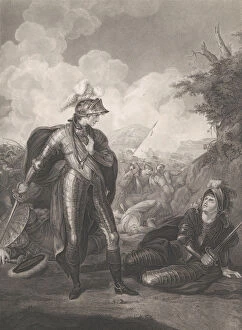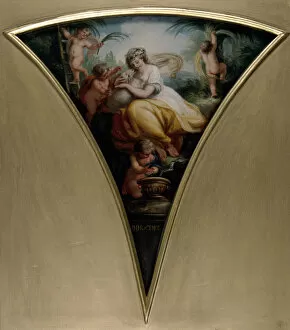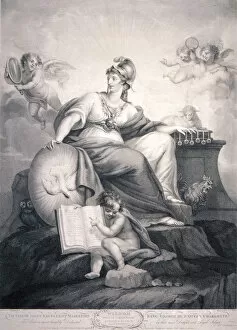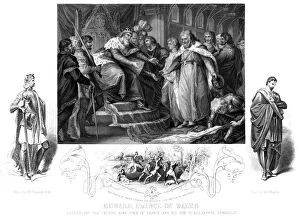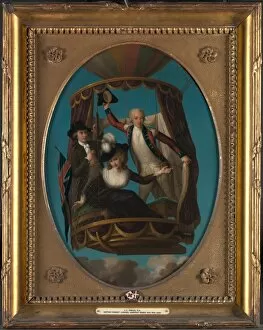John Francis Rigaud Collection
John Francis Rigaud was a renowned artist known for his exceptional talent in capturing the essence of various subjects
All Professionally Made to Order for Quick Shipping
John Francis Rigaud was a renowned artist known for his exceptional talent in capturing the essence of various subjects. From depicting historical figures like Prince Henry, Hotspur, and Falstaff from Shakespeare's King Henry to creating stunning portraits such as "The Celebrated Vincent, " Rigaud's artistic prowess knew no bounds. In collaboration with other artists like Francesco Bartolozzi, Benjamin Smith, and Thomas Burke, Rigaud brought life to captivating pieces such as "Providence" (1794), "Wisdom" (1794), and "Innocence" (1794). These artworks showcased his ability to convey deep emotions through intricate brushstrokes and meticulous attention to detail. Rigaud's work continued to evolve over time, evident in masterpieces like "Happiness" (1794) by Thomas Burke and the alluring piece titled "Flirtation" (1885), which demonstrated his versatility across different genres. His collaborations with Benjamin Smith on works like "Innocence" (1799) and "Providence" (1799) further solidified his reputation as an accomplished artist capable of capturing the purity of innocence or the divine intervention of providence. Another notable collaboration was with JP Simon on the artwork titled "Wisdom" (1799). This particular piece exemplified Rigaud's ability to depict wisdom through visual storytelling, leaving viewers captivated by its profound message. Throughout his career, John Francis Rigaud left an indelible mark on the art world. His skillful technique combined with a keen eye for composition allowed him to create timeless pieces that continue to inspire generations. Whether it be historical figures or abstract concepts like happiness or flirtation, Rigaud's artistry transcends time and speaks directly to our souls.

